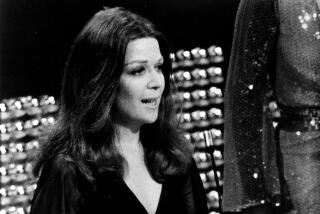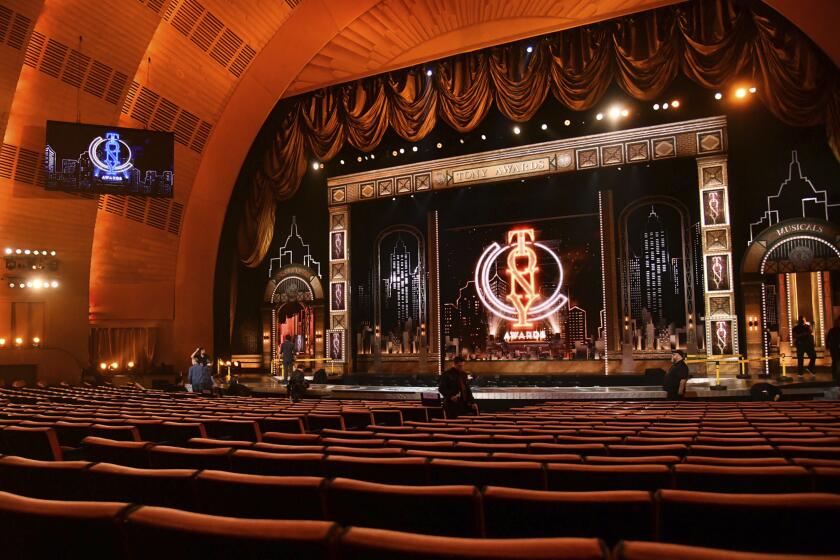Putting ‘Adorable Dopes’ in the Proper Perspective
- Share via
Martha M. Lauzen justifiably decries the proliferation of the “adorable (female) dopes” who dot the current sitcom landscape (“Alpha Females Still Trail Adorable Dopes,” Dec. 13). However, her argument overlooks the critical role of evolution in television’s depiction of women. Without this context, it’s easy to see the glass as half empty rather than to recognize television’s growing emphasis over the years on multidimensional female characters.
It may seem a lifetime ago, but in fact it’s been only a few decades since Marlo Thomas as “That Girl” broke the mold of woman-as-homemaker in her portrayal of Ann Marie, a struggling actress living alone in New York City. In 1966, the concept of a woman living an interesting and full life beyond the borders of hearth and home was such a novelty that “That Girl” is still considered a milestone in its rendering of a new breed in the human species: the “independent woman.”
Try as I might, I find it hard to get too worked up about the title character’s clothes in “Veronica’s Closet” when she is at least presented as an enterprising entrepreneur; indeed, it may be telling that she is successful regardless of her wardrobe rather than because of it, which would be truly regressive.
I can take (or leave) contemporary portrayals of sitcom women as “adorable dopes” primarily because television has broadened the playing field to include a variety of female characters, ranging from the bimbo to the business executive. And men certainly do not escape the truism that comedic effect always trumps political correctness. Is any female sitcom character as unbelievably obtuse as “The Mary Tyler Moore Show’s” Ted Baxter or “Friends’ ” resident dumb bunny, Joey? When it comes to laughs, television is an equal-opportunity medium.
MARY BETH CULP
San Pedro
More to Read
The complete guide to home viewing
Get Screen Gab for everything about the TV shows and streaming movies everyone’s talking about.
You may occasionally receive promotional content from the Los Angeles Times.






